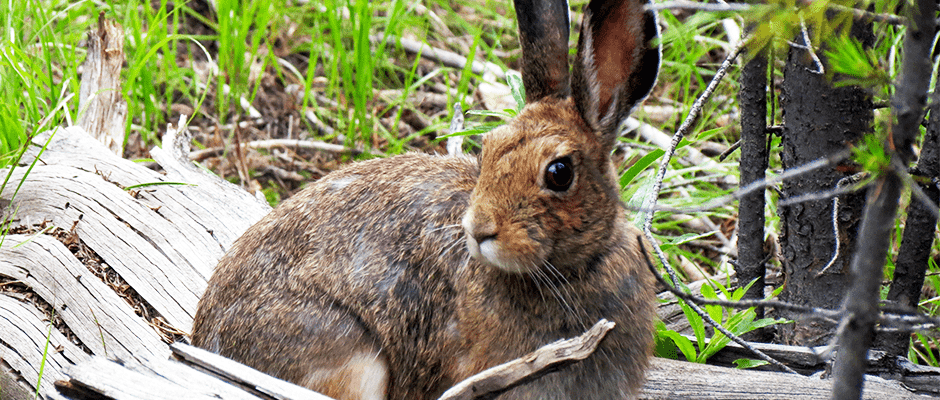Share this article
Q&A: What Are the Risks and Challenges Associated With Tularemia?
Tularemia, a severe infectious disease humans can contract from some small mammals, has been unusually active this year in Wyoming, with 16 human cases documented by the end of September. It is caused by the bacterium Francisella tularensis and is highly contagious and potentially fatal. If diagnosed early, the disease can be treated effectively with antibiotics but the illness can cause fever, headaches and rash among humans.
To get a better idea about some of the risks and challenges the disease presents, The Wildlife Society spoke with Mary Wood, a state wildlife veterinarian with the Wyoming Game and Fish Department.
What kinds of animals can transmit the disease, and how is it transmitted?
“Tularemia is a naturally occurring bacterial disease that can affect many species — but the primary carriers are rabbits, hares and rodents including muskrat and beaver,” Wood said, adding that transmission can occur through multiple pathways, including blood-feeding arthropods which includes ticks and biting flies, but can also include fleas and mosquitos. Other sources of transmission include contaminated water or food, contact with an infected animal, and breathing in the bacteria —“sometimes from mowing over infected carcasses.”
What dangers does it present to wildlife and conservation?
“There are reports of Tularemia causing extensive mortalities in rabbit and beaver populations, but in most cases, the disease causes just a few deaths in isolated populations. Tularemia is typically self-limiting and not generally seen as a disease that presents significant limitations to wildlife conservation. At least in the case of rabbit populations, the disease may cause more extensive mortalities when the population is too high — in this way, it may serve as a natural mechanism to help regulate population density.”
What are some of the challenges the disease presents to wildlife management?
“Wildlife disease can be one of the biggest challenges in wildlife management. There are often few steps we, as managers, can take to minimize or eliminate disease from free-ranging wildlife populations. Zoonotic diseases, those that can be transmitted from animals to humans, are particularly difficult due to concerns from multiple stakeholders. With that being said, I have a difficult time coming up with any broad-scale management challenges associated with Tularemia. There is the potential that the disease could drastically reduce or eliminate localized populations of beaver — which may lead to management challenges — but I don’t really know of a broad scale management impact.”
“Now other diseases such as brucellosis, chronic wasting disease, respiratory disease in bighorn sheep, white nose syndrome in bats and chytrid disease all have significant, larger-scale management challenges.”
Is there anything that humans can do to reduce the danger of contracting the disease?
As a wildlife agency, we typically refrain from making broad scale human health recommendations and refer individuals to their public health department. The recommendations we give to hunters and outdoor enthusiasts are:
- Use an insect repellent – typically one containing DEET.
- Wear light colored clothing.
- Avoid drinking unpurified water.
- Do not harvest or handle wildlife that appear sick.
- Wear gloves when handling and field dressing any harvested animal.
- Cook your meat thoroughly.
- Check yourself and your dog for ticks (Dogs can get tularemia, too).
Header Image: A snowshoe hare in Yellowstone National Park in Wyoming. Image Credit: Nick Varvel, licensed by cc 2.0








